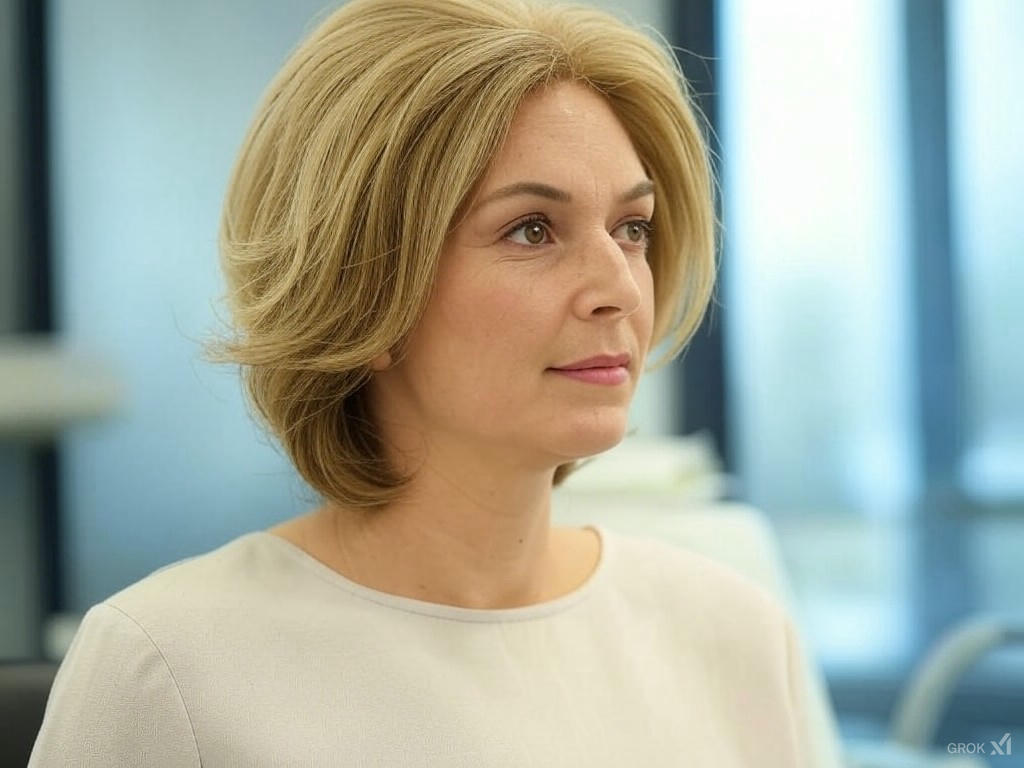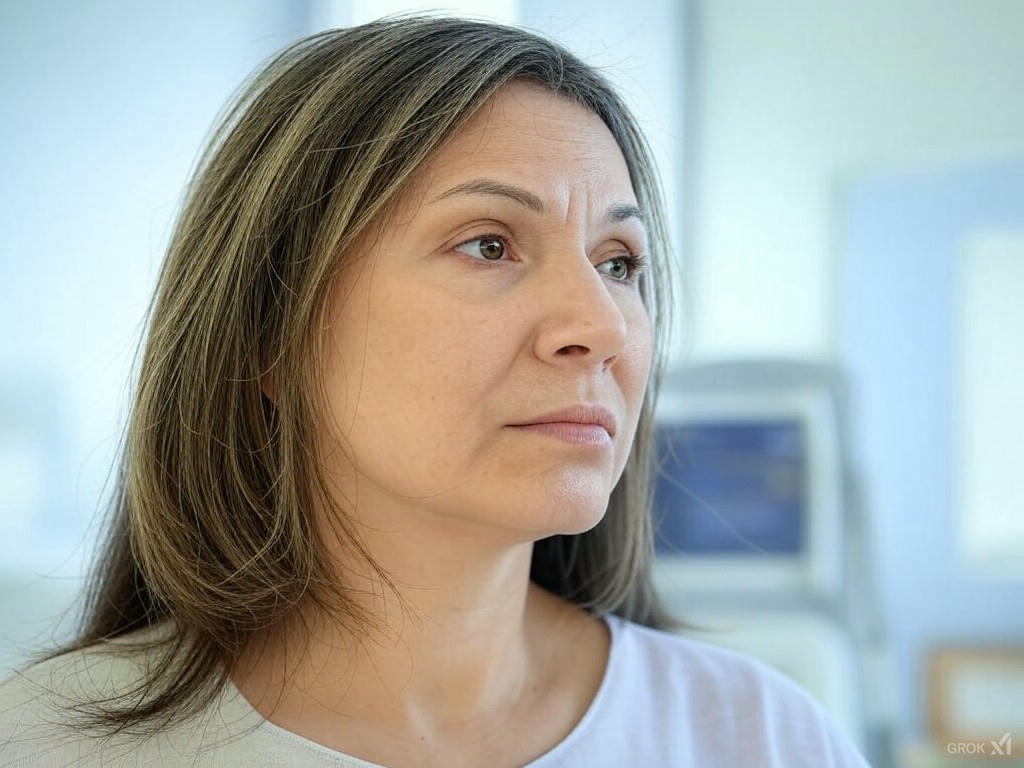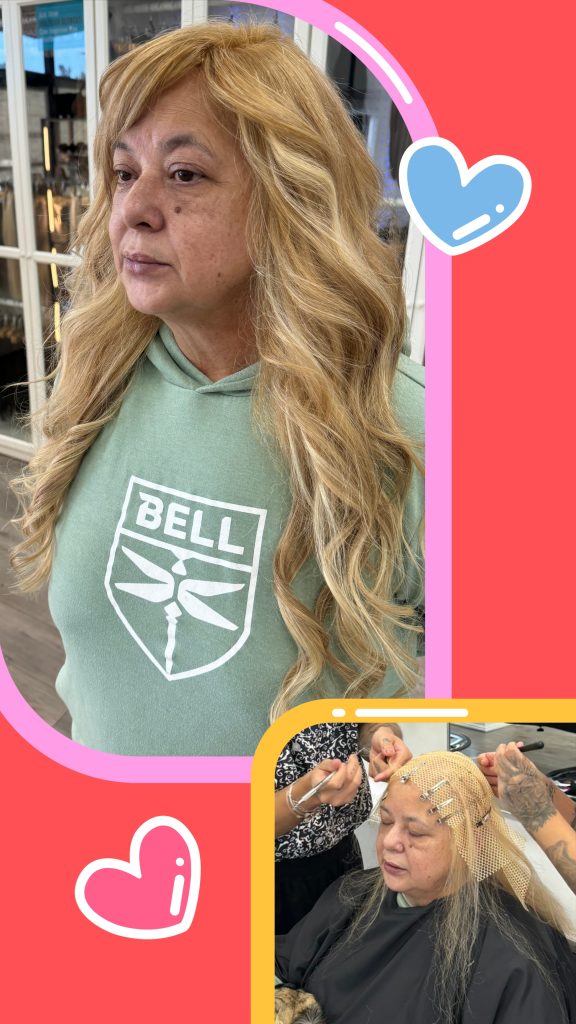1500+ ★★★★★ REVIEWS
Chemotherapy Hair Loss: Causes, Solutions, and Prevention

Chemotherapy, a cornerstone treatment for cancer, often leads to hair loss, a side effect known as alopecia, which can be emotionally distressing for patients. This condition arises due to the mechanism of chemotherapy drugs, which target rapidly dividing cells, including those in hair follicles. While hair loss is typically temporary, with regrowth occurring post-treatment, some patients may experience permanent hair loss, particularly with specific drugs or high doses. This analysis explores the causes, solutions for management, and prevention strategies, providing a holistic view to aid patients in navigating this aspect of their treatment journey.
Why Does Chemotherapy Cause Hair Loss?
Chemotherapy is a powerful treatment designed to target and destroy rapidly dividing cancer cells, but it often comes with a visible and emotionally challenging side effect: hair loss, or alopecia. This occurs because the drugs don’t just attack cancer cells—they also affect healthy cells that divide quickly, including those in hair follicles. While hair loss is typically temporary, with regrowth expected after treatment ends, its impact can vary depending on the type and dosage of chemotherapy drugs used. This article delves into the biological mechanisms behind chemotherapy-induced hair loss, exploring why it happens, what factors influence its severity, and what patients can expect during their treatment journey.
Source: American Cancer Society on Chemotherapy and Hair Loss
When Does Hair Loss Begin?
Hair loss from chemotherapy typically begins within one to three weeks after the first treatment session, though the exact timing can vary depending on the specific drugs used, their dosage, and individual patient factors. Chemotherapy targets rapidly dividing cells, including those in hair follicles, disrupting their growth cycle and causing hair to weaken and fall out. For some, the process starts gradually with thinning, while others may notice more sudden shedding, often first evident on the scalp before potentially affecting eyebrows, eyelashes, and body hair. This timeline is influenced by the administration method—such as infusions or oral medications—and the hair’s natural growth phase, with most active follicles being the first to be impacted.
Source: National Cancer Institute on Chemotherapy Side Effects
Medical and Non-Medical Solutions for Chemotherapy-Related Hair Loss

Chemotherapy-related hair loss, a common and often distressing side effect, stems from the treatment’s targeting of rapidly dividing cells, including those in hair follicles, leading to temporary or, in rare cases, permanent alopecia. While this physical change can challenge a patient’s self-image and emotional well-being, a range of medical and non-medical solutions offers practical and supportive ways to manage it. From innovative techniques like scalp cooling to reduce hair loss during treatment, to non-medical options such as wigs, scarves, and emotional counseling, these strategies empower patients to navigate this aspect of their cancer journey with confidence. This article explores both the science-backed medical interventions and the accessible, everyday solutions available to address chemotherapy-induced hair loss.
Medical Solutions
Chemotherapy-induced hair loss can be mitigated through medical solutions that aim to protect hair follicles during treatment. This section examines options like scalp cooling and drug adjustments, offering patients scientifically supported ways to reduce or manage this challenging side effect.
1. Scalp Cooling Therapy
Scalp cooling caps constrict blood vessels in the scalp, reducing the amount of chemotherapy reaching the hair follicles. This can help minimize hair loss.
Source: National Cancer Institute on Scalp Cooling
2. Minoxidil (Rogaine)
Minoxidil may help speed up hair regrowth after chemotherapy, though its effectiveness varies.
3. Platelet-Rich Plasma (PRP) Therapy
PRP therapy involves injecting growth factors from a patient’s blood into the scalp to stimulate hair regrowth.
Source: American Academy of Dermatology on PRP for Hair Loss
Non-Medical Solutions
Beyond medical interventions, non-medical solutions provide practical and emotional support for chemotherapy-related hair loss. This section explores options like wigs, scarves, and counseling, helping patients maintain confidence and cope with the experience.

1. Mesh Integration System
Mesh integration is a non-surgical hair restoration solution ideal for those experiencing severe hair loss. This breathable system integrates natural-looking hair into a mesh attached to the scalp. Hottie Hair Salon & Extensions Store specializes in high-quality mesh integration services.
Learn more: Hottie Hair Mesh Integration
2. Hair Toppers
Hair toppers provide coverage for thinning hair, particularly at the crown. They blend seamlessly with natural hair for a fuller appearance.
Find the perfect topper: Hottie Hair Toppers
3. Wigs and Extensions
High-quality wigs, whether synthetic or made from human hair, offer a stylish and confidence-boosting solution during chemotherapy. Hottie Hair Salon & Extensions Store offers premium wigs and extensions tailored for chemotherapy patients.
4. Scalp Micropigmentation (SMP)
SMP is a cosmetic procedure where pigment is deposited into the scalp to mimic the appearance of hair follicles, providing a natural shaved-head look.
Preventing and Managing Hair Loss
Preventing and managing chemotherapy-related hair loss involves gentle hair care, nutrition and supplements, and emotional support. This section highlights how these approaches—using mild shampoos, supporting hair health with diet, and leaning on counseling—can ease the impact of this side effect.

1. Gentle Hair Care
- Use mild, sulfate-free shampoos.
- Avoid excessive brushing and tight hairstyles.
- Limit heat styling and chemical treatments.
2. Nutrition and Supplements
- Eat a balanced diet rich in protein, iron, and vitamins.
- Consider supplements like biotin, vitamin D, and omega-3 fatty acids to support hair health.
3. Emotional Support
Hair loss can be emotionally challenging. Seeking support from counselors, support groups, or loved ones can help with coping during this time.
Chemotherapy Hair Loss Frequently Asked Questions (FAQ)
Why does chemotherapy cause hair loss?
Chemotherapy drugs target rapidly dividing cells, which include cancer cells but can also affect healthy cells like those in hair follicles, leading to hair loss. This type of hair loss is typically temporary, with hair regrowing once treatment ends.
How long after chemotherapy does hair loss begin?
Hair loss typically starts 2-3 weeks after the first chemotherapy session. The amount and speed of hair loss can vary depending on the drugs used and individual responses.
Will my hair grow back after chemotherapy?
Yes, for most people, hair begins to regrow within a few weeks to months after completing chemotherapy. However, the texture and color may be different initially but usually return to normal over time.
Can I prevent hair loss during chemotherapy?
While it’s difficult to prevent chemotherapy-induced hair loss entirely, some methods like scalp cooling (cryotherapy) may help reduce shedding by lowering the temperature of the scalp and constricting blood vessels, limiting the amount of chemotherapy drug reaching the hair follicles.
Is there anything I can do to manage hair loss during chemotherapy?
Wigs, hats, scarves, and hairpieces are common options to manage the aesthetic effects of hair loss. Many people also find that gentle hair care practices, such as using mild shampoos and avoiding heat styling, can reduce further damage to remaining hair.
Does chemotherapy cause permanent hair loss?
Chemotherapy typically causes temporary hair loss, though in rare cases, permanent hair loss can occur, particularly with high doses or certain drugs. It’s important to consult with your doctor to understand your specific treatment plan.
Can I use hair growth treatments like Minoxidil after chemotherapy?
Minoxidil or other hair growth treatments may be used after chemotherapy to help stimulate regrowth once the hair begins to come back. Always consult your healthcare provider before starting any new treatment.
Is mesh integration safe for sensitive scalps?
Yes! Mesh integration is non-invasive and can be customized for sensitive scalps. Hottie Hair Salon & Extensions Store offers expert solutions.
Where can I find high-quality wigs and hair toppers?
Visit Hottie Hair Salon & Extensions Store for premium wigs, toppers, and hair restoration solutions. Explore options here.

Chemotherapy-induced hair loss can be challenging, but with the right solutions, patients can regain their confidence and maintain their style. Whether through medical treatments, non-surgical options like mesh integration, or premium wigs, there are effective ways to manage hair loss. Visit Hottie Hair Salon & Extensions Store for expert guidance and top-tier hair restoration services.
You must be logged in to post a comment.